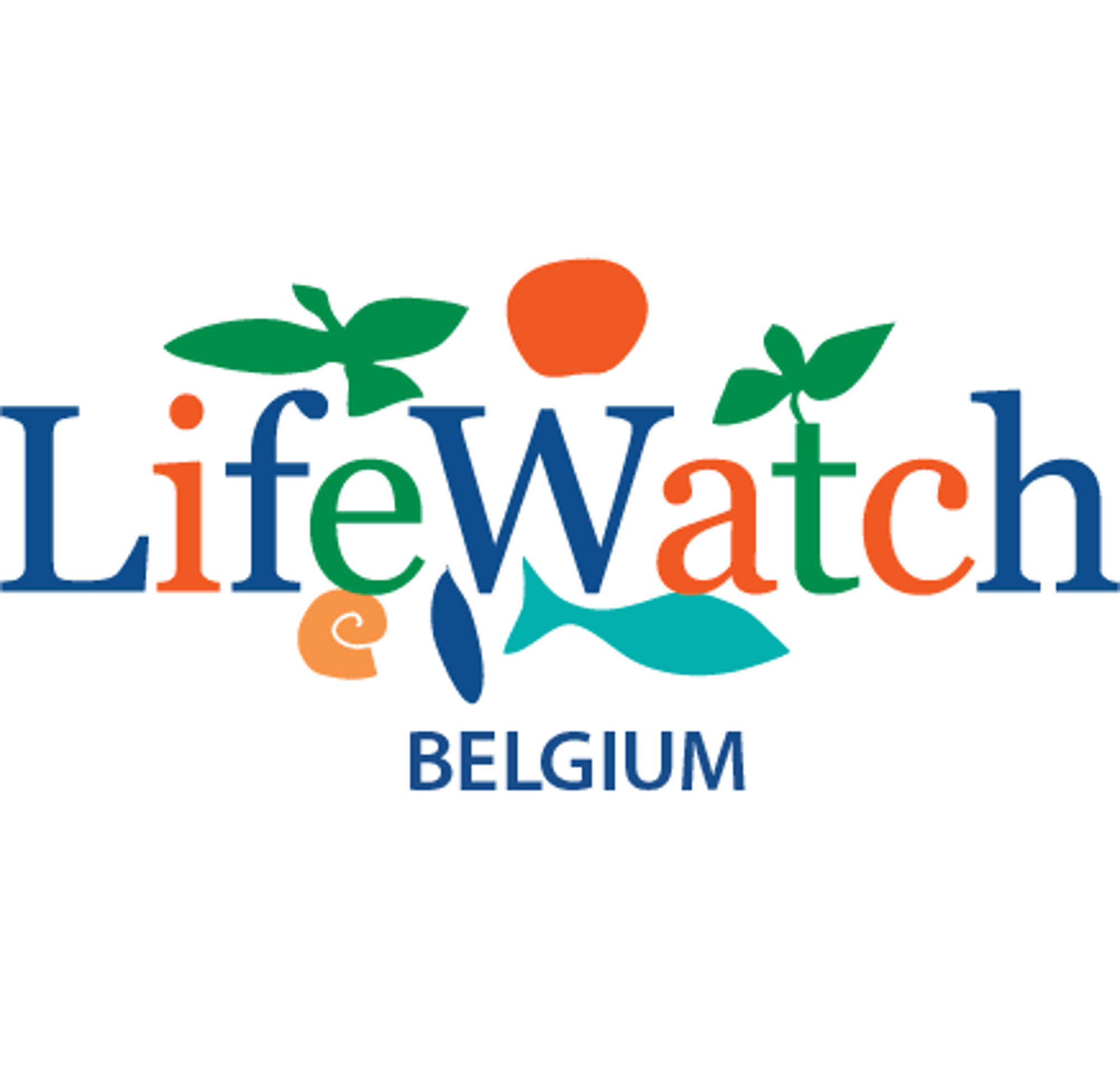Publication date: February 16th 2023


In the very first story of this WoRMS anniversary series, we referred to Aristotle as ‘the father of marine biodiversity’ and discussed his link with taxonomy. Similarly, Carolus Linnaeus is described as one of the most important contributors to modern-day biology. In the 1700s, Linnaeus developed the classification system for the standardization of species naming and ordering. This system - the binomial system, combining two Latin names to denote genus and species - still holds today. Although taxonomy has gone through tremendous changes over the last 250 years, the binomial system is still universally in use to classify life on Earth.
At this moment, the content of the World Register of Marine Species (WoRMS) is based on the Linnaean, binomial nomenclature system for species, where all 241,000 marine species are following this basic Linnaean structure. Technology and science are progressing very quickly, triggering challenges and shifts in the way scientists are handling species discoveries and - in case of species new to science - their description and naming. And this often ends up with the need to temporarily name a species in a way not according to the Linnaean binomen system.
This topic of ‘temporary names’ has been discussed at length within the Steering Committee of WoRMS. Temporary names in WoRMS are currently defined as ‘Ad-hoc higher rank taxa of convenience to accommodate child taxon, for which the classification is not yet finalised i.e. incertae sedis, or for clearly defined, but as yet undescribed species new to science’. In parallel, a temporary name can also be used as a way to record unnamed species in WoRMS. WoRMS is great at capturing described and recognised diversity, but there are large surveys and sequencing initiatives that are regularly uncovering a lot more diversity and are creating these temporary names for ease of communication and to allow scientific progress. In a number of cases, these temporary names are being picked up and used in subsequent publications. When widely and consistently used, these temporary names are becoming deeply embedded in the scientific collective memory. This leads to an increasing need within WoRMS to find a means to deal with these informal or temporary names, grounded in modern bioinfomatics data standards.
In the course of this year, the Steering Committee will develop a set of rules and guidelines, specifically targeting the conditions whereby a temporary or informal name can be added to WoRMS. So in the very near future, you will see these names being incorporated into the database.
Did you know? The shelf-life of newly discovered species…
The ‘shelf-life’ of a species refers to the amount of time it takes between the first collection of a specimen to its official description. Various studies have already looked into this topic, which all report on wide ranges, but always coming to the conclusion that the average shelf-life of a species is several years, with extremes ranging from descriptions published within one year of discovery, to shelf-lives reaching more than one hundred years.
Again, this is something that triggers the curiosity of the Data Management Team… the numbers mentioned above (>100 years) come from recent studies, looking into species described within the last decade. And we cannot help but wonder whether there are certain trends in the shelf-life: Is the shelf-life being shortened by the rise of modern technology, and the introduction of temporary names? Are certain taxon groups more prone to longer shelf-lives than others, and can this be linked to certain causes, e.g. the availability of taxonomic experts, the ‘cuddliness’ of the taxon group, the size of the organisms, or the areas or expeditions in which the species were discovered? Tackling these questions would mean to take a deep dive in all the original descriptions. And we already know from previous stories that unexpected treasures might be lurking in literature…
References:
- There shall be order: The legacy of Linnaeus in the age of molecular biology
- Carolus Linnaeus: Classification, Taxonomy & Contributions to Biology
- Palaeos Systematics: The Linnaean System of Nomenclature
- The Classification of Life: From Linnaeus to DNA Barcoding
- From Darwin to DNA - redrawing the tree of life
- Darwin, Linnaeus, and One Sleepy Guy
- Classification System
- Taxonomy, DNA, and the Bar Code of Life
- 21 years of shelf life between discovery and description of new species
Contact
WoRMS Data Management Team - info@marinespecies.org
Image credit
Carl von Linné, 1707-1778, botanist, professor (Alexander Roslin) - Nationalmuseum - 15723
Acknowledgements:
This celebration and series of news messages initiated by the Data Management Team (DMT) would not have been possible without the collaboration of the WoRMS Steering Committee (SC) & voluntary contributions by many of the WoRMS editors.
The work of the DMT and many WoRMS-DMT-related activities are supported by LifeWatch Belgium, part of the E-Science European LifeWatch Infrastructure for Biodiversity and Ecosystem Research. LifeWatch is a distributed virtual laboratory, which is used for different aspects of biodiversity research. The Species Information Backbone of LifeWatch aims at bringing together taxonomic and species-related data and at filling the gaps in our knowledge. In addition, it gives support to taxonomic experts by providing them logistic and financial support for the organization of meetings and workshops related to expanding the content and enhancing the quality of taxonomic databases.
WoRMS – as ABC WoRMS – is an endorsed action under the UN Ocean Decade.
Note: as is the case for previous stories and their highlighted examples, many more examples are available within WoRMS. The highlighted examples are either well-known to the Data Management Team through close interactions with the related editor-groups or through discussions within the Steering Committee. It is by no means the intention of the DMT to favour any group or species over another. The names of all species are equally important to be documented within WoRMS.



